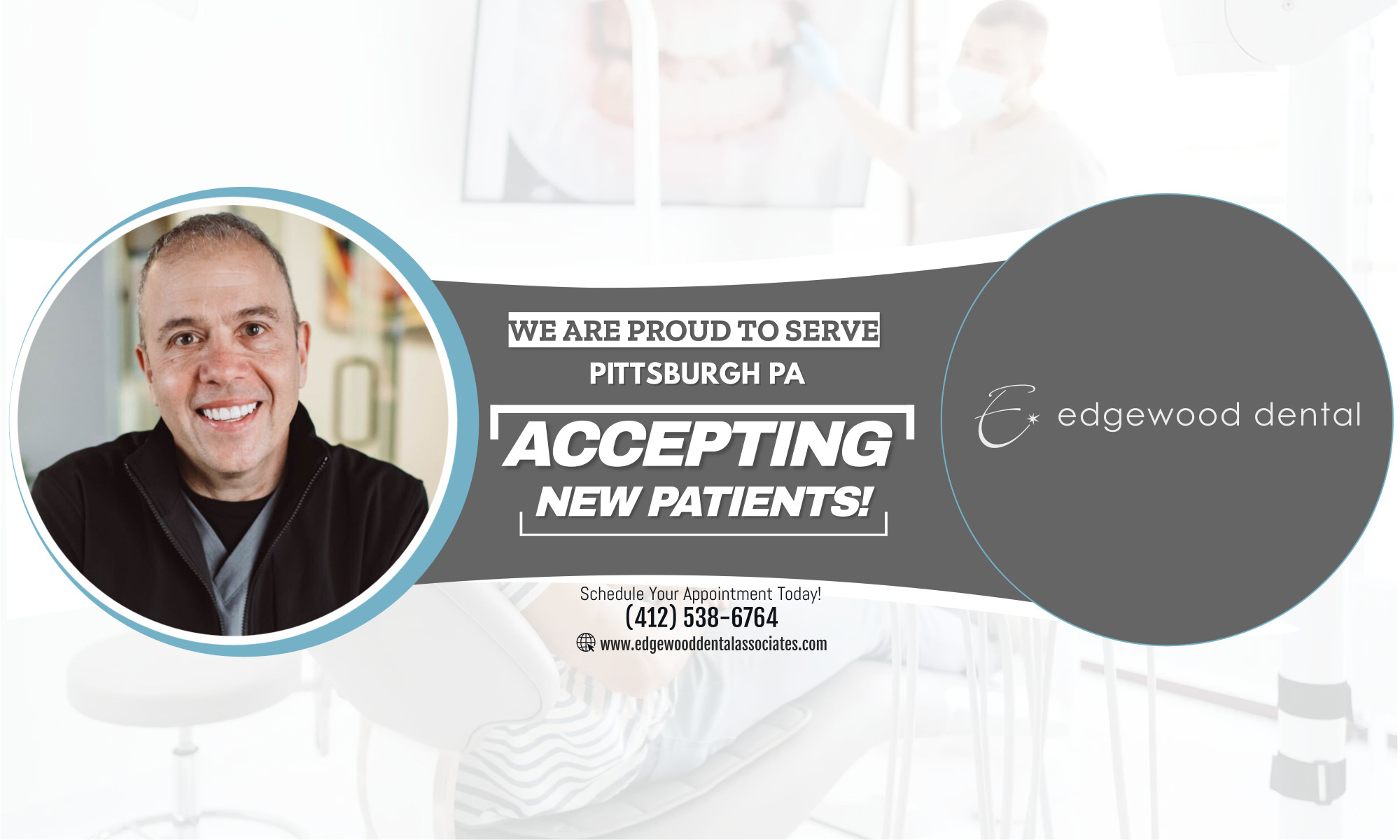Bad breath – which is also known as halitosis – is a worrying problem that can also be embarrassing.
But theres no need to put up with it. If you suffer from bad breath, your dentist will be able to suggest a range of solutions.
Your dentist will be able to spot problems such as gum disease, dry mouth or other disorders. Thats why its important to maintain good oral hygiene, schedule regular visits to the dentist and have professional cleaning.
Make sure you brush your teeth twice a day and clean between your teeth each day using floss or interdental cleaners. Don’t forget to brush your tongue, too!
If your dental check up shows that your mouth is healthy, your dentist may refer you to your family physician as sometimes bad breath can be a sign of other health problems.
If the odor is due to periodontal (gum) disease, sometimes professional periodontal cleaning is needed to remove the bacteria and plaque that accumulate. And your dentist may recommend a special antimicrobial mouth rinse.
Keeping your mouth healthy and stopping periodontal disease are essential to reducing bad breath.
So make sure you schedule regular dental visits for a professional cleaning and checkup.
